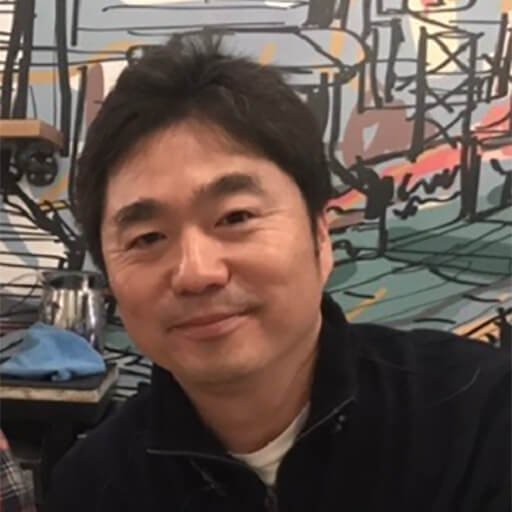Small Molecular Compounds for Glaucoma Therapy

About the Research Project
Program
Award Type
Standard
Award Amount
$200,000
Active Dates
July 01, 2019 - March 31, 2023
Grant ID
G2019179
Goals
The fluid in the eyes of glaucoma patients has higher concentration of a chemical than the fluid in the eyes of healthy adults. This chemical, a growth factor, transforms tissues to be stiffer and the tissue stiffness is known to increase the chance of glaucoma, the second leading cause of vision loss. We propose to test a new drug (called “remodilins”) to see if we can make those stiffened tissue back to softer state. If remodilin does what we expect it to do, then remodilins could be a new glaucoma drug.
Summary
Glaucoma is often caused by the stiffening of tissues through which fluid inside of eyes flows out of eyes and if we can prevent such tissue stiffening or reverse the stiffened tissues back to their normal stiffness, then modulating tissue stiffness would be a new therapy for glaucoma.
The goal of our research is to test if the treatment of small molecular compounds can modulate the mechanical properties and structural compositions of tissues inside of glaucoma eyes. In previous works, we have discovered small molecular compounds, called “remodilins” which prevent cellular transformations that cause elevation of tissue stiffness and extra cellular matrix (ECM) depositions. Given that similar transformation happens in most of glaucoma eyes, we aim to test if remodilins prevent or reverse such transformation of tissues consisting of the outflow pathway. The first two specific aims are to test the effect of remodilins on 2 types of eye cells; Schlemm’s canal endothelial cells and trabecular meshwork cells, respectively. Both cells consist of tissues along the outflow pathway. Once we find the efficacy of remodilins in cellular models, in the third specific aim, we will test one best remodilin in human eyes using anterior chamber perfusion system (will be performed by Dr. Stamer in Duke Univ.) as well as histological examination (will be performed by Dr. Gong in Boston Univ.) and in-situ mechanical measurements (will be performed by Dr. Johnson in Northwestern University).
What is unique about this study is that we try to modulate the compositions and the mechanical properties of eye tissues which have been changed during the progression of glaucoma. If we find that remodilins prevent or reverse the structural and mechanical transformation of eye tissues, remodilin would prevent the continuous decrease in outflow facility (drain rate of fluid inside eye) and will help slow down disease progression for glaucoma patients.
Grants
Related Grants
National Glaucoma Research
IOP-Related Gene Responses in the Optic Nerve Head and Trabecular Meshwork
Active Dates
July 01, 2024 - June 30, 2026

Principal Investigator
Diana C. Lozano, PhD
National Glaucoma Research
How the Microenvironment Affects Schlemm’s Canal Cell Behavior
Active Dates
July 01, 2024 - June 30, 2026

Principal Investigator
Samuel Herberg, PhD
National Glaucoma Research
The Role of Microtubules in Glaucomatous Schlemm’s Canal Mechanobiology
Active Dates
July 01, 2024 - June 30, 2026

Principal Investigator
Haiyan Li, PhD



